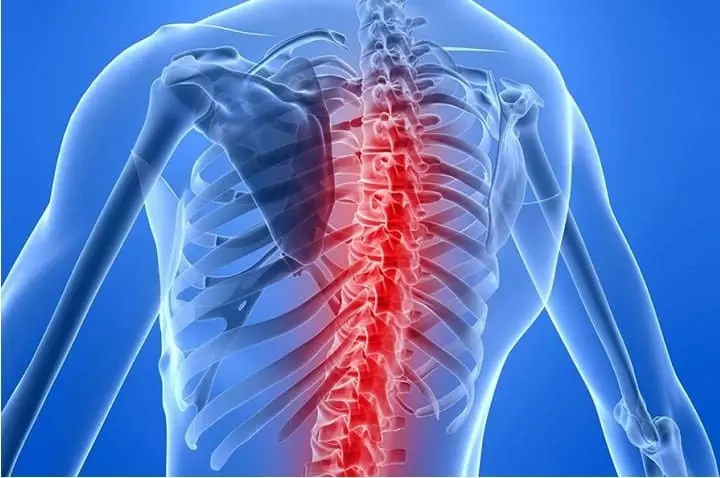Spinal muscular atrophy Symptoms in Infants Every Parent Should Know

Hyderabad: Spinal muscular atrophy (SMA) is a genetic disease affecting the central nervous system, peripheral nervous system, and voluntary muscle movement (skeletal muscle). August is observed as SMA Awareness Month to raise awareness and support individuals and families affected by this condition
SMA can affect a child's ability to crawl, walk, sit up, and control head movements. Severe SMA can damage the muscles used for breathing and swallowing. It is the cause of the most infantile deaths worldwide than any other genetic disorder. According to a study, the incidence of SMA in India is one in 7,744 live births- approximately 3,200 Indian babies each year.
Recognizing the early signs and symptoms of Spinal Muscular Atrophy (SMA) in infants is crucial for timely intervention and treatment. The earlier the age of onset, the greater the impact on motor function. Children who display symptoms at birth or in infancy typically have the lowest level of functioning (SMA type 1).
Dr. Ramesh Konanki, Consultant Pediatric Neurologist at Rainbow Children’s Hospital, Hyderabad told “Children who have noticeable SMA symptoms shortly after birth usually are very weak. Parents should be aware of the common symptoms of Spinal Muscular Atrophy (SMA) that can sometimes be mistaken for other conditions. Infants with SMA may exhibit muscle weakness, especially in the legs and arms, which can be confused with general developmental delays or benign congenital hypotonia (floppy baby syndrome). The limbs of infants with SMA feel very loose/floppy. Poor muscle tone, characterized by ‘floppy’ limbs, can also be seen in conditions like Down syndrome.”
“Delays in neck holding, rolling over, sitting, crawling, and walking are common in infants with SMA and might be misinterpreted as normal variations in developmental timelines or attributed to less severe developmental disorders. Feeding difficulties, such as trouble swallowing and sucking, can also occur due to muscle weakness in the throat and tongue, and misattributed to gastroesophageal reflux disease (GERD) or feeding disorders. Weakness in the respiratory muscles can lead to rapid or shallow breathing and recurrent respiratory infections, which might be mistaken for chronic respiratory conditions like asthma or bronchitis. Additionally, generalized fatigue and decreased energy levels might be interpreted as typical infant lethargy or attributed to less specific causes like anaemia or metabolic disorders”, added Dr Ramesh.
Recognizing these symptoms early and differentiating them from other conditions is crucial for timely diagnosis and intervention. Prompt medical attention, accurate diagnosis, and early management can make a significant difference in the lives of children with SMA.
Awareness, education along with a multidisciplinary approach is essential in ensuring timely intervention and better outcomes for affected infants
